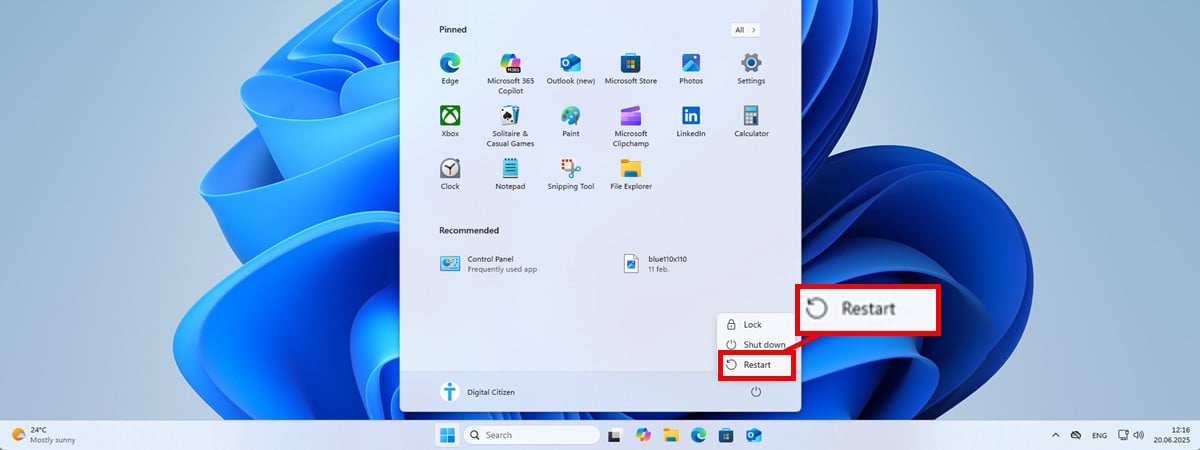Consumers are sick of slow, clunky services, so they’re demanding enterprises modernize their tech

Consumers are placing increased pressure on enterprises to improve user experiences and update clunky legacy technology, according to new research from Pegasystems and YouGov.
More than three-quarters (77%) of surveyed consumers said organizations should invest in improved interactions with customers, while over two-thirds (69%) feel companies are more interested in driving profits with tech investments than improving customer experience.
Many consumers feel this is a problem that has deteriorated in recent years, with 56% describing the difficulties of interacting with businesses as worse now than they were a decade ago. Over a quarter (26%) strongly agreed this was the case.
Consumers complained of several issues, including slow, siloed customer service operations. Nearly two-thirds (63%) said customer service wait times were their top pain point, while 40% said customer service agents lacked the information needed to provide good service.
Website and app disruption is also a leading problem, with just under a third (29%) saying they are frequently told by customer service agents that systems are down or not working correctly.
28% say that websites and apps they use to interact with businesses are slow or have crashed.
All this affects bottom lines for enterprises, Pegasystems warned, as unhappy customers are likely to switch providers and complain. More than a third (37%) of consumers revealed they’ve taken their business elsewhere as a result of frustrating online services.
“In an age where customers are more demanding than ever, many of their needs are not being met as a direct result of organizations carrying technical debt,” said Don Schuerman, CTO at Pegasystems.
“Businesses have to start taking the amount of technical debt they are managing seriously and examine ways they can use new innovations such as generative AI to make the existing systems they have in place work better for everyone,” he added.
Legacy tech causes problems internally, too
It’s not just consumers that are being affected by technical debt. Staff are facing challenges with regard to productivity and work rate when dealing with legacy tech internally.
A recent survey of c-suite leaders by Protiviti found nearly 70% of respondents highlighted technical debt and legacy tech as key barriers to innovation, for example.
The survey found the cost of managing and maintaining outdated technology significantly hampered their ability to modernize and engage with customers.
The cost of managing legacy tech is estimated to total $2.41 trillion a year in the US alone, Pegasystems noted.
Across the Atlantic, the situation is the same. In the UK public sector, legacy tech issues have hampered the productivity of civil servants through reliance on paper-based systems and dated digital systems that wrack up huge maintenance costs.
It’s also draining budgets for enterprises, with research from early last year finding that legacy tech accounts for over a third (37%) of overall power consumption.
A report from the US Government Accountability Office (GAO) found that federal services in the US could be wasting investments of over $100 billion in maintaining IT systems and developing new ones that often fail.
MORE FROM ITPRO
Source link











